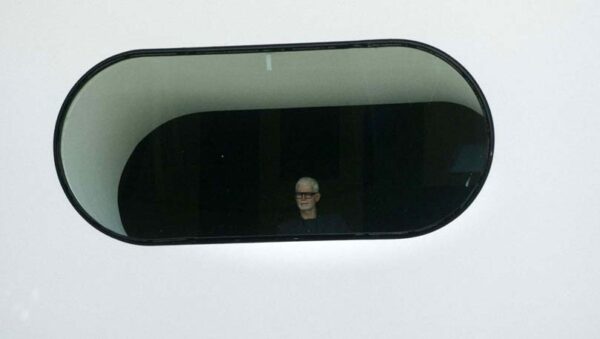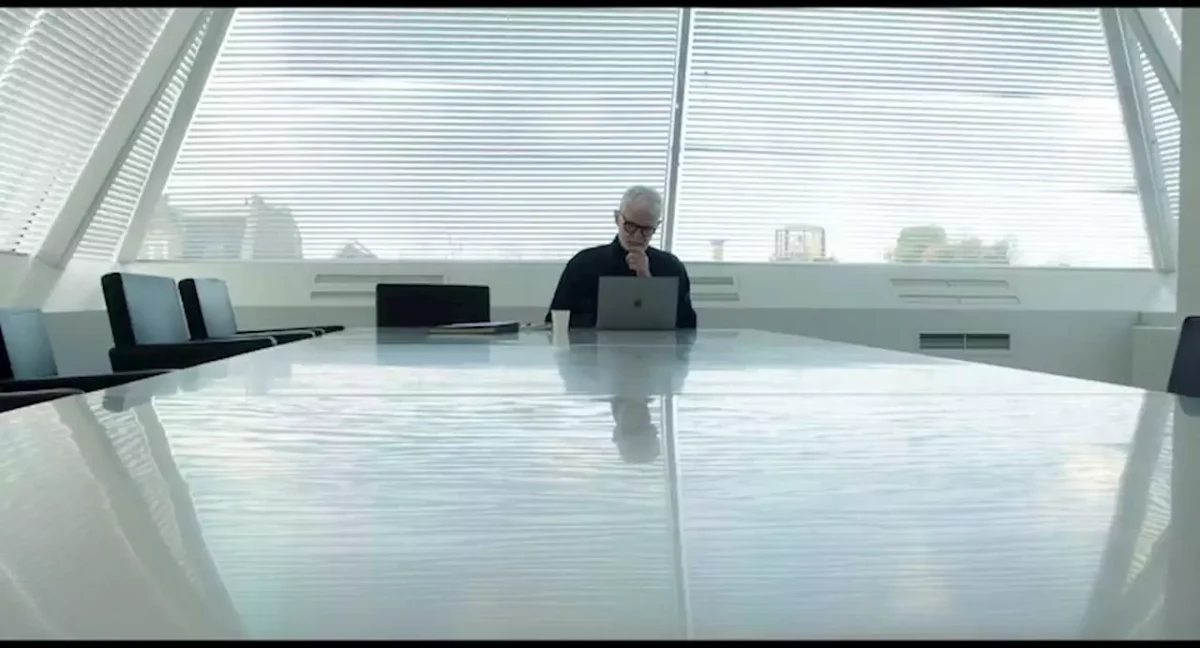
White Balls In Walls is an interesting documentary about diversity, revealing how one institution, the Stedelijk Museum in Amsterdam, reconsiders its cultural offering to properly reflect the city’s demographics in terms of race and gender. Whilst this film is about a museum, the processes involved regarding the improvement of diversity can be applied to any company or organisation.
The art world, in common with all other worlds, has long been dominated by the rich white patriarchy. Art institutions, however, are usually dependent on public funding for their survival and such funding increasingly requires that the recipient demonstrates a commitment to diversity and equality on all fronts. This is the case with the Stedelijk Museum which has been given a deadline to up its diversity game or lose its funding.
 White Balls on Walls’ Director Sarah Vos has been given rare access to the museum’s behind-the-scenes journey to improved representation. The Stedelijk Museum has a long history of ignoring diversity. Twenty-five years ago it was targeted by The Guerrilla Girls protesters who pointed out only 1% of its artworks were by women and 0% of its works were by people of colour. Back then, 99% of its artworks projected an American white male perspective. 25 years later, its board of directors and curators remains exclusively white and middle class, with only 10% of its art by women and an even smaller percentage by people of colour. Even the female curators at the institution have sub-consciously maintained the male patriarchy all these years.
White Balls on Walls’ Director Sarah Vos has been given rare access to the museum’s behind-the-scenes journey to improved representation. The Stedelijk Museum has a long history of ignoring diversity. Twenty-five years ago it was targeted by The Guerrilla Girls protesters who pointed out only 1% of its artworks were by women and 0% of its works were by people of colour. Back then, 99% of its artworks projected an American white male perspective. 25 years later, its board of directors and curators remains exclusively white and middle class, with only 10% of its art by women and an even smaller percentage by people of colour. Even the female curators at the institution have sub-consciously maintained the male patriarchy all these years.
Current museum director Rein Wolf is seeking to change this and bravely allows Vos’s camera crew unlimited access to the process. What follows is an observation of the museum’s self-conscious, sometimes clumsy, often awkward, journey into diversity. The team reconsider the provenance of every artwork to be featured in its forthcoming show featuring artists Emil Nolde and Ernst Ludwig. Two new members of the curational team are hired, artist/curator Charl Landvreugd and artist Vincent van Vels, both of whom are black. The titles of each artwork are examined – over-examined one might think – to the point where there is a discussion about whether to replace the word ‘prostitute’ with ‘sex-worker’ in the title of one piece. The words ‘background’, ‘colour’ and ‘origin’ are analysed in detail. Art by people of colour is purchased, although whilst the team denies this, it does feel that they are fulfilling quotas rather than genuinely buying art they want to buy. The work of many artists held by the museum, including those by Picasso and Matisse, is challenged.
The resulting new exhibition has more of an air of an educational establishment than an art gallery show and is panned by critics. Customer satisfaction surveys, however, reveal higher than usual scores, perhaps indicating unconscious bias against diversity in the critics.
Vos’s documentary is not the most exciting viewing but it is important in that it highlights how difficult it is for most people from a non-minority background to view the world through our lens. The journey to diversity can be difficult for institutions to grasp. Some of Wolf’s team at the museum are clearly not on board with all the changes, so it’s vitally important that the right people are tasked to make this happen. A thought-provoking piece of work.
DIGITAL RELEASE: JULY 25 2023 Amazon Prime Video, Apple TV, & Vimeo-On-Demand EXCLUSIVE STREAMING PREMIERE ON INDEPENDENT STREAMING SERVICE OVID - JULY 14 2023
Queerguru’s Contributing Editor Ris Fatah is a successful fashion/luxury business consultant (when he can be bothered) who divides and wastes his time between London and Ibiza. He is a lover of all things queer, feminist, and human rights in general. @ris.fatah

